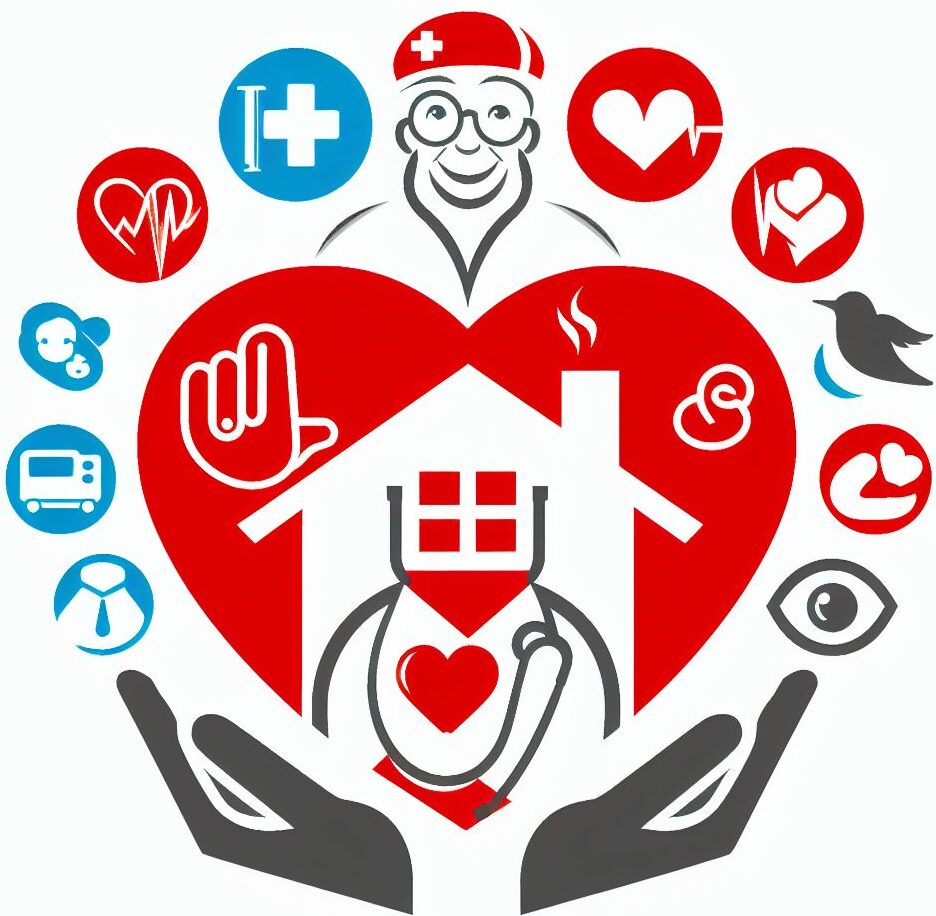Crohn’s Disease is a chronic inflammatory bowel disease (IBD) that can significantly impact the digestive tract, leading to severe symptoms and complications.
It’s a condition that knows no age limit, affecting both young and old, although its diagnosis and management may vary across different life stages.
Understanding Crohn’s, its symptoms, and the steps involved in its diagnosis is crucial for early intervention and management.
This article explores the foundations of Crohn’s Disease, the comprehensive process involved in its diagnosis, challenges faced by the elderly population, and the importance of post-diagnosis care.

Introduction to Crohn’s Disease | Foundations for Diagnosis
Brief Introduction to Crohn’s Disease and its Prevalence
Crohn’s Disease affects millions worldwide, with a higher prevalence in Western countries. It can occur at any age but is most commonly diagnosed in adolescents and adults between the ages of 20 and 30.
It primarily affects the gastrointestinal (GI) tract, from the mouth to the anus, but most commonly targets the end of the small bowel (the ileum) and the beginning of the colon.
Although its cause remains unknown, a combination of genetic, environmental, and immune system factors is believed to play a role.
Discussing Symptoms Commonly Associated with Crohn’s
Symptoms of Crohn’s Disease can range from mild to severe, including:
- Persistent diarrhea.
- In addition to abdominal pain.
- Rectal bleeding.
- Also, weight loss.
- And fatigue.
These symptoms often develop gradually but can sometimes appear suddenly. Furthermore, they can fluctuate in severity and duration.
Overview of the Necessity for Accurate Diagnosis
Accurate diagnosis is critical to managing Crohn’s effectively.
Distinguishing Crohn’s Disease from other conditions is essential for tailoring treatment plans and improving patient outcomes. This is due to the variability of symptoms and their similarity to those of other gastrointestinal disorders.
The Path to Diagnosis | Steps and Procedures
The diagnosis of Crohn’s Disease is multi-faceted, involving a combination of clinical evaluations, laboratory tests, endoscopic procedures, and imaging studies.
Step-by-Step Rundown of How Crohn’s Is Typically Diagnosed
The diagnostic journey typically begins with a comprehensive evaluation of symptoms, medical history, and physical examination, focusing on the patient’s symptoms and family history of Crohn’s or other IBDs.
This initial assessment guides the selection of specific diagnostic tests.
Various Tests and Procedures
Blood Tests: These are fundamental for detecting signs of infection, inflammation, anemia, or vitamin deficiencies, which are common in Crohn’s Disease.
Colonoscopy: This is a critical diagnostic tool, allowing direct visualization of the entire colon and the very end of the ileum.
It enables the gastroenterologist to identify the inflammation, ulcers, or other abnormalities characteristic of Crohn’s.
Biopsies can also be taken during this procedure for further analysis.
Imaging: Techniques such as CT scans, MRI, and capsule endoscopy help visualize different segments of the gastrointestinal tract that are not easily accessed with colonoscopy.
This provides a more comprehensive view of the disease’s extent and severity.
The Role of Differential Diagnosis
Differential diagnosis is crucial in distinguishing Crohn’s from other conditions with similar symptoms.
Examples are:
- Ulcerative colitis (another form of IBD).
- Irritable bowel syndrome (IBS)
- And gastrointestinal infections.
A thorough and methodical approach ensures an accurate diagnosis, guiding appropriate treatment strategies.
Challenges of Diagnosing Crohn’s in the Elderly Population
Unique Considerations When Diagnosing Crohn’s in the Elderly
Elderly patients may present atypical symptoms or have other age-related health issues that complicate the diagnosis of Crohn’s Disease.
This age group requires a more cautious approach to diagnostic testing, balancing the need for accurate diagnosis with the risks of procedures.
Impact of Age-Related Changes on Symptoms and Disease Progression
Age-related changes in the immune system and the presence of other chronic conditions can mask or mimic the symptoms of Crohn’s Disease. As a result, this can complicate the diagnostic process.
The variability of symptoms, coupled with the disease’s chronic nature, underscores the necessity for an accurate and timely diagnosis.
Furthermore, symptoms like weight loss or fatigue may mistakenly be attributed to normal aging, delaying diagnosis.
Adapting Diagnostic Procedures for Older Adults
Identifying Crohn’s correctly is pivotal to managing its symptoms, preventing complications, and improving the quality of life for those affected.
It’s crucial to tailor diagnostic approaches for the elderly, prioritizing less invasive methods and considering the overall health and coexisting conditions of the patient.
Adapting diagnostic procedures for older adults is crucial. For example, there needs to be a greater emphasis on non-invasive tests and careful consideration of the risks and benefits of certain procedures like colonoscopy.
Therefore, understanding these nuances ensures that elderly patients receive an accurate diagnosis. This enables them to manage their condition effectively.
Managing Crohn’s After Diagnosis | A Roadmap for Health
For individuals of all ages, lifestyle modifications, including diet changes and stress management, play a pivotal role in managing the disease. Therefore, it is critical to have immediate and continuous care following a Crohn’s diagnosis.
Importance of Post-Diagnosis Care and Close Monitoring
Following a diagnosis, an individualized treatment plan is essential for managing Crohn’s Disease.
Treatment usually involves:
- A combination of medication to reduce inflammation.
- Symptom management.
- Nutritional support.
- And sometimes surgery to address complications.
Overview of Treatments and Lifestyle Modifications
Medications: A variety of medications are used to reduce inflammation, suppress the immune system, or treat symptoms.
Lifestyle Modifications: Dietary changes, stress reduction techniques, and regular exercise can help manage symptoms and improve quality of life.
Special Considerations and Support Systems for the Elderly with Crohn’s Disease
Elderly patients may need additional support to manage Crohn’s Disease. These include adjustments to treatment plans to accommodate other medications and conditions.
Social and emotional support from healthcare providers, family, and support groups is also crucial in managing the disease in this population.
Conclusion | Challenges of Crohn’s Disease
In conclusion, diagnosing Crohn’s Disease is a meticulous process that requires a comprehensive understanding of the disease, a detailed assessment of symptoms, and the use of various diagnostic tools.
The challenges of diagnosing and managing Crohn’s in the elderly necessitate a tailored approach, taking into consideration the unique aspects of aging.
Remember the following keys to improving quality of life and outcomes for individuals with Crohn’s Disease, regardless of age:
- Post-diagnosis care.
- A holistic management plan that includes medical treatment.
- Also, lifestyle adjustments.
- And supportive care.
I hope “How Is Crohn’s Diagnosed | Challenges for the Elderly” has been informative. Please feel free to share your thoughts, questions, or comments below. I’d love to hear from you and will be happy to respond.
Veron | Entrepreneur | The Way 4WordEnterprises
Personal Recommended Resources:
Another Daughter TM | A senior care service for independent Seniors living in or around Raleigh, NC
